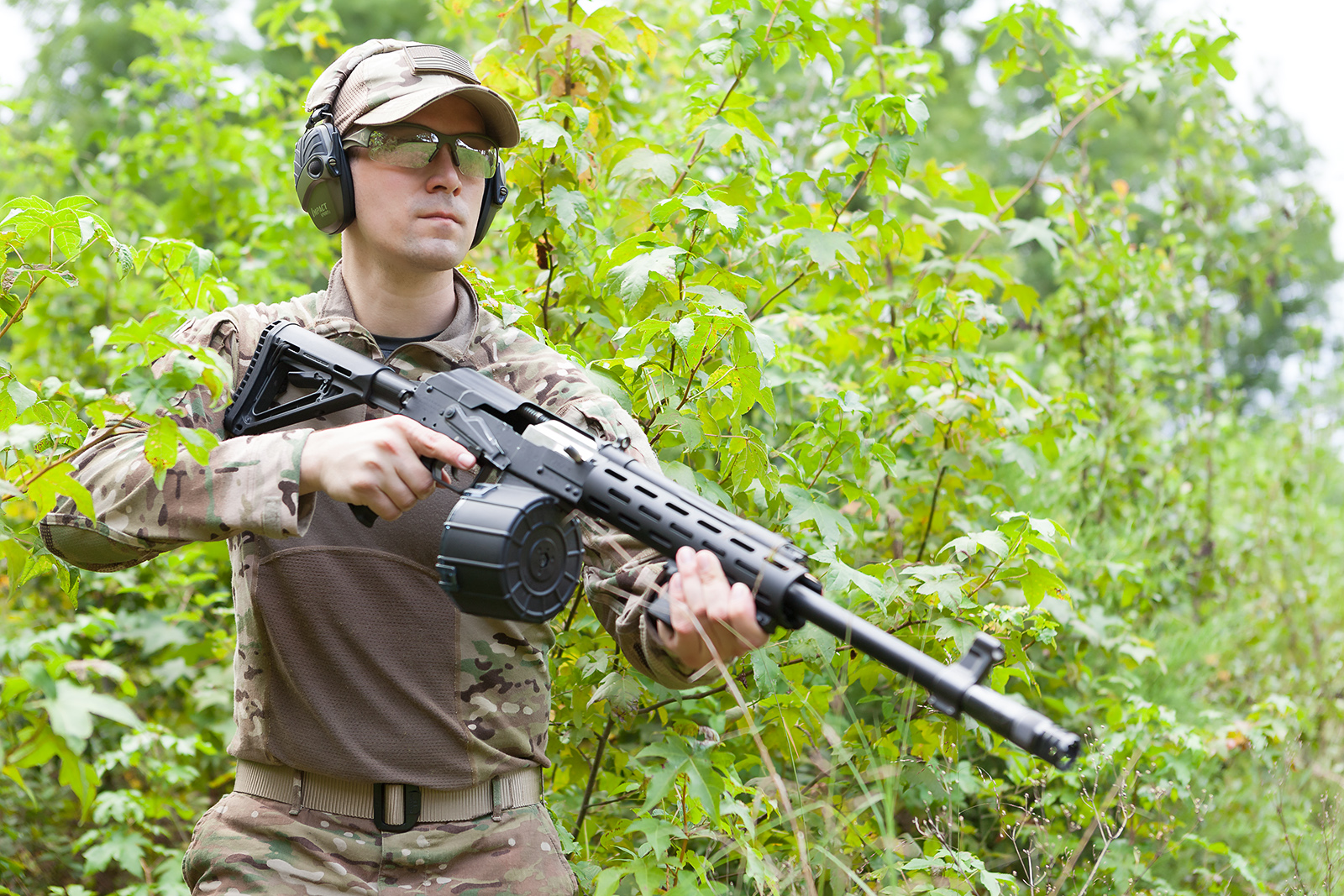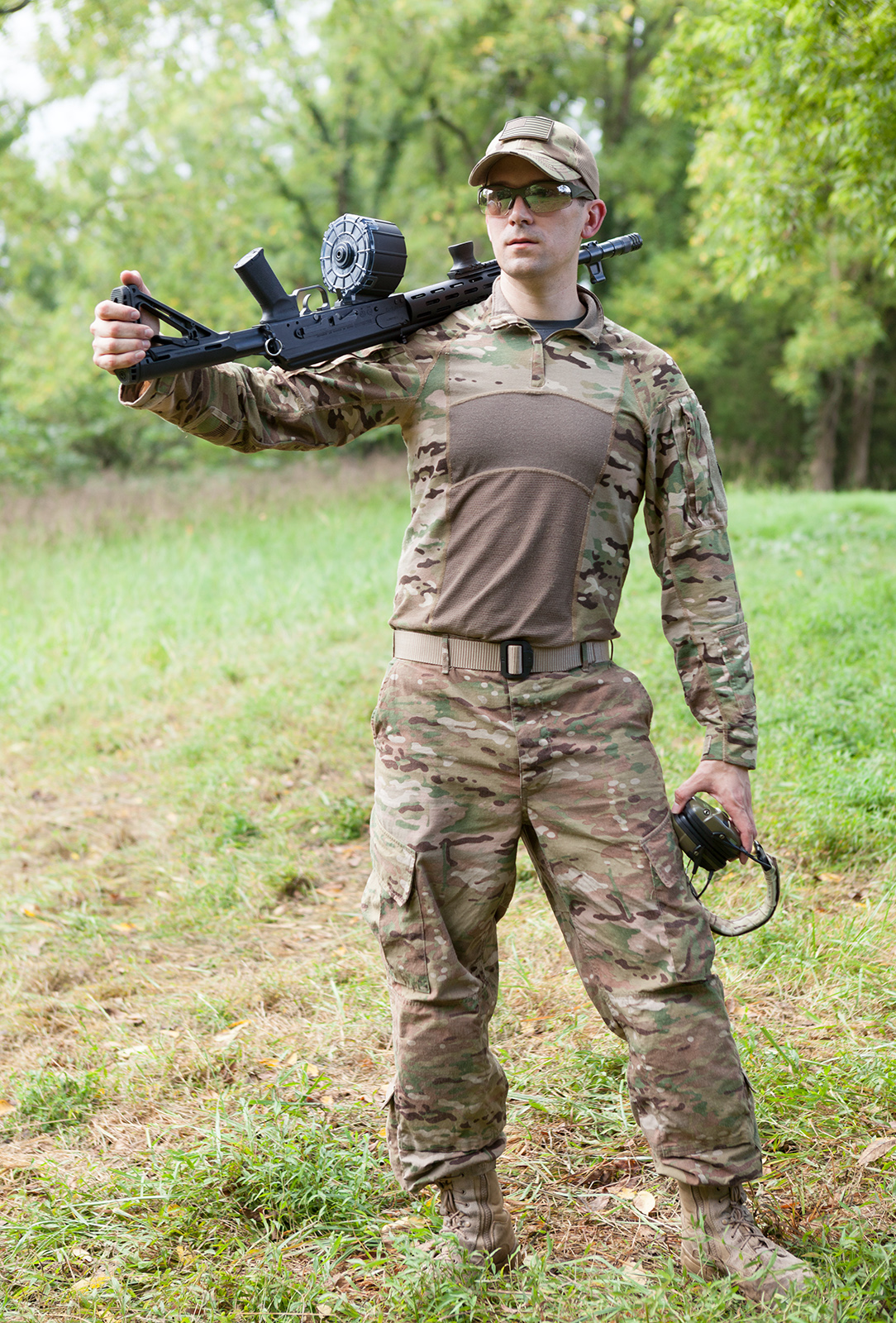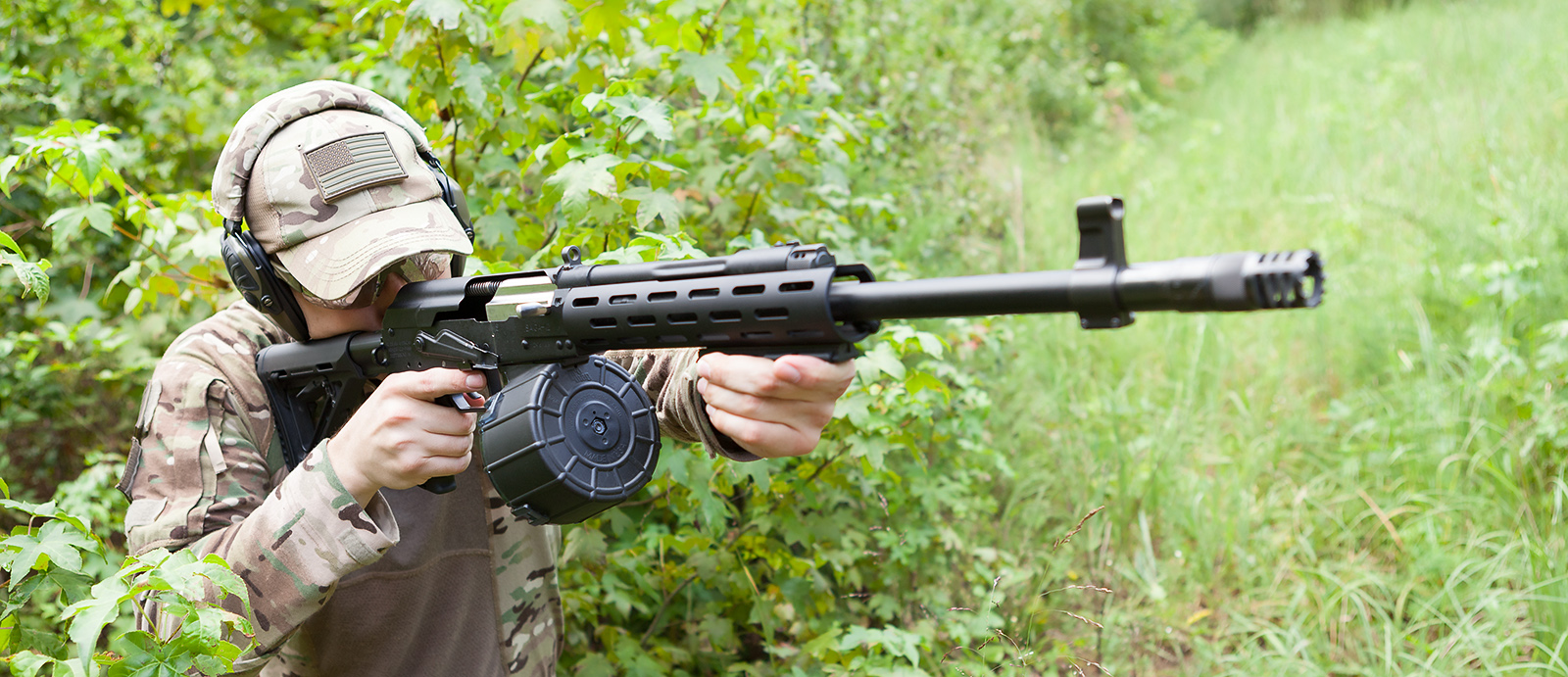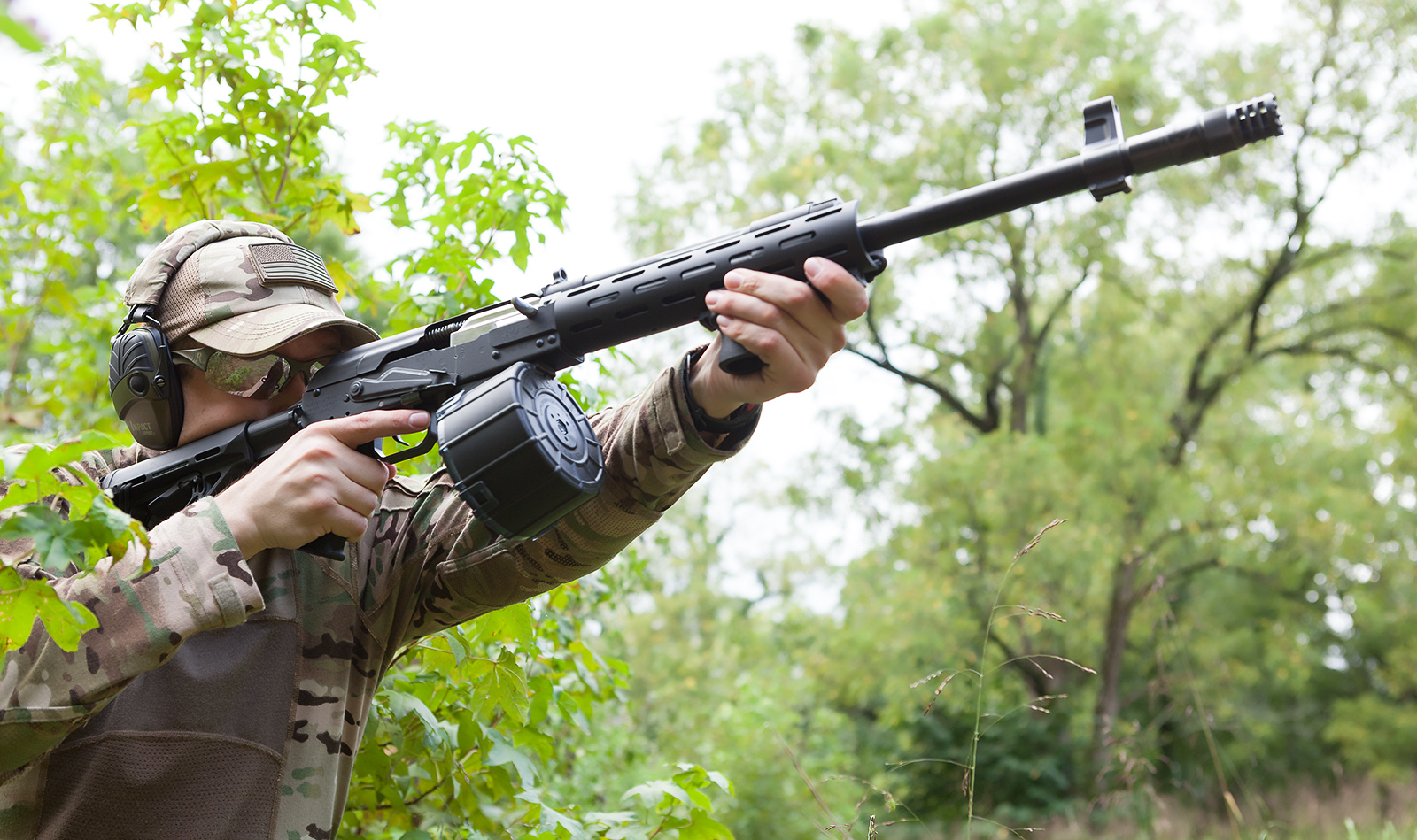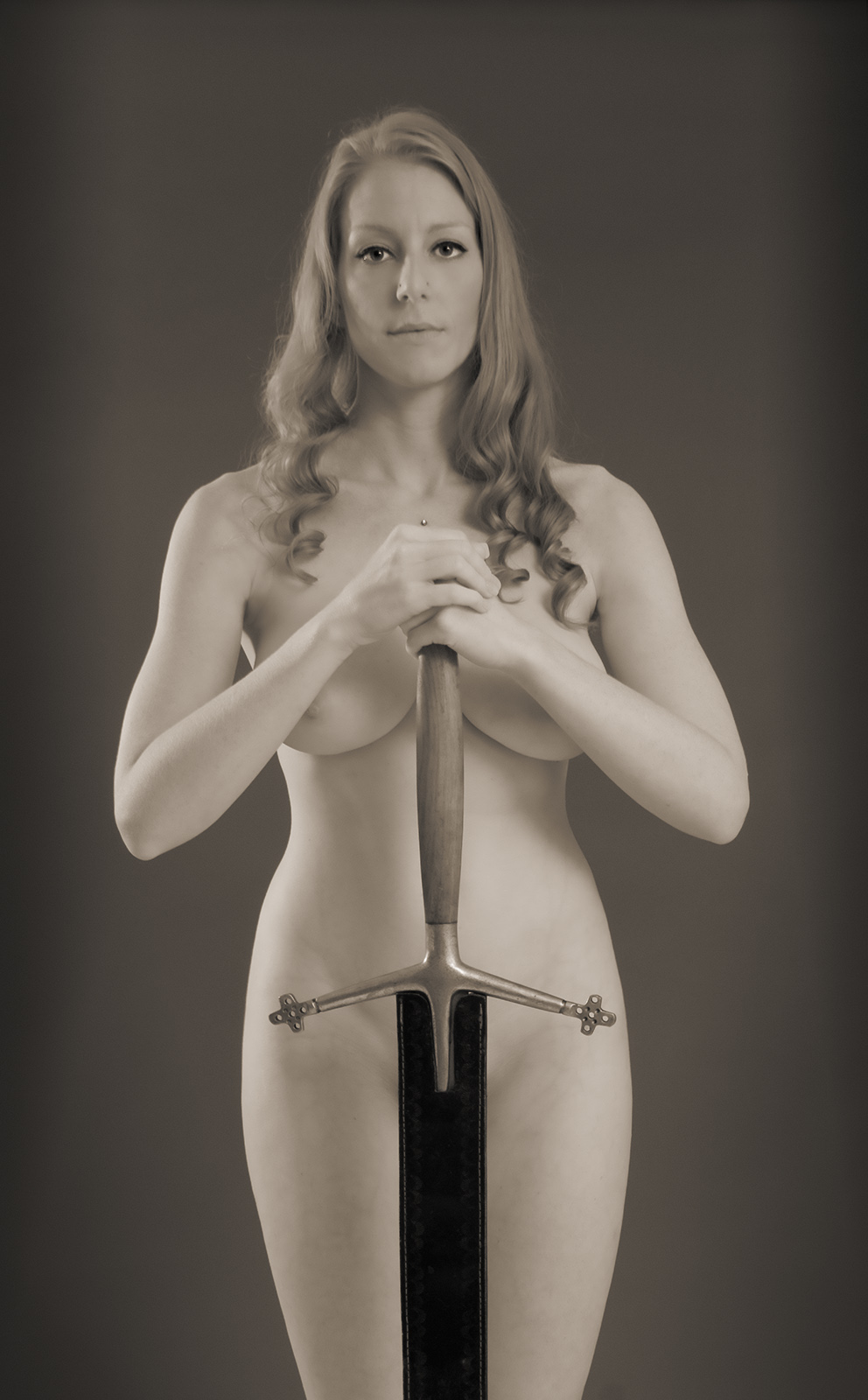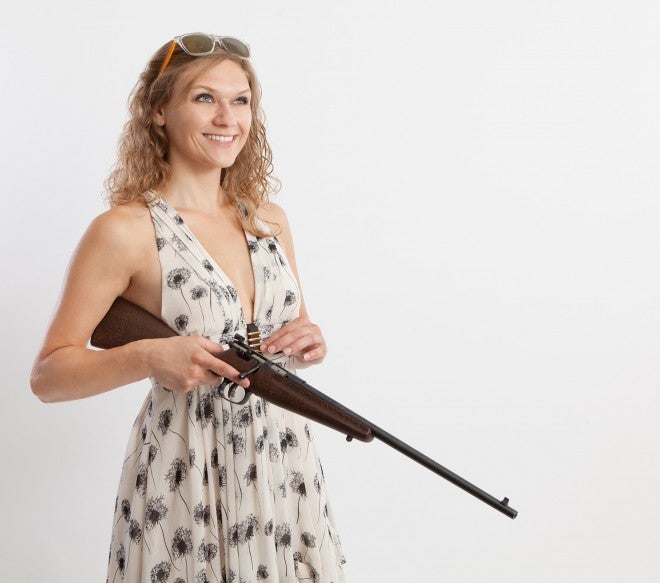- Send email to Oleg Volk.
-
Recent Posts
Recent Comments
- Boris on Another quiet neighbor
- Boris on The vintage and the modern
- John Dickson on Blowback or roller delayed? Cast your vote.
- dave in pa. on A machete kind of day
- Larry Arnold on A machete kind of day
Archives
- September 2025
- August 2025
- April 2025
- March 2025
- February 2025
- December 2024
- November 2024
- October 2024
- September 2024
- August 2024
- July 2024
- June 2024
- May 2024
- April 2024
- March 2024
- January 2024
- December 2023
- April 2023
- November 2022
- June 2022
- May 2022
- April 2022
- March 2022
- February 2022
- January 2022
- December 2021
- November 2021
- October 2021
- June 2021
- January 2021
- December 2020
- October 2020
- September 2020
- August 2020
- July 2020
- May 2020
- April 2020
- March 2020
- February 2020
- January 2020
- December 2019
- November 2019
- October 2019
- September 2019
- August 2019
- May 2019
- April 2019
- March 2019
- February 2019
- January 2019
- December 2018
- November 2018
- October 2018
- September 2018
- August 2018
- July 2018
- June 2018
- May 2018
- April 2018
- March 2018
- February 2018
- January 2018
- December 2017
- November 2017
- October 2017
- September 2017
- August 2017
- July 2017
- June 2017
- May 2017
- April 2017
- March 2017
- February 2017
- January 2017
- December 2016
- November 2016
- October 2016
- September 2016
- August 2016
- July 2016
- June 2016
- May 2016
- April 2016
- March 2016
- February 2016
- January 2016
- December 2015
- November 2015
- October 2015
- September 2015
- August 2015
- July 2015
- June 2015
- May 2015
- April 2015
- March 2015
- February 2015
- January 2015
- December 2014
- November 2014
- October 2014
- September 2014
- August 2014
- July 2014
- June 2014
- May 2014
- April 2014
- March 2014
- February 2014
- January 2014
- December 2013
- November 2013
- October 2013
- September 2013
- August 2013
- July 2013
- June 2013
- May 2013
- April 2013
- March 2013
- February 2013
- January 2013
- December 2012
- November 2012
- October 2012
- September 2012
- August 2012
- July 2012
- June 2012
- May 2012
- April 2012
- March 2012
- February 2012
- January 2012
- December 2011
- November 2011
- October 2011
- September 2011
- August 2011
- July 2011
- June 2011
- May 2011
- April 2011
- March 2011
- February 2011
- January 2011
- 0
Categories
- advice requested
- ammunition
- armor
- art
- author
- beast
- book
- camera and lens
- cat
- civil rights
- computing
- craft
- dangerous
- economics
- flowers
- food
- green
- holster
- hoster
- humor
- hunting
- interesting people
- knife
- light/laser
- nature
- nude
- pet
- pink
- pistol
- portrait
- prey
- red
- rifle
- rkba
- self-defense
- shotgun
- sound suppressor
- tools
- training
- travel
- Uncategorized
- video
- weapon
- wordpress
Meta
Hogue retention holster for M1911: new on AllOutdoor
Posted in holster, pistol
Tagged AllOutdoor, M1911
Comments Off on Hogue retention holster for M1911: new on AllOutdoor
Oil painting filter in Photoshop CC 2015
I need oil painting filter for a project. I have CS5 and CS2015 installed. The filter seems exclusive to CS6. Any suggestions on how to deal with this problem?
Thanks!
A well-appointed Saiga 12
A friend brought his shotgun today and I was very impressed with how well it was set up. The sight radius is much longer than on the original gun, and ghost ring and circular protective hood around the front post work great for aerial targets. Polychoke gives excellent versatility with slug, buck and bird. Variable length of pull, stubby foregrip and improved pistol grip add up to a handy package. 12-round drum works flawlessly, is easy to load and doesn’t require an awkward support arm position.
Personally, I like drums for shotguns as they don’t subject plastic shells to much spring pressure, and because this 12-rounder is the same height as a 5-round box magazine.
Having a telescoping stock proved most helpful when he got back into armor. The main photo shoot was with Origin 12 shotgun, but it’s great when models bring their own weapons along.
ISSC SPA .22 rifle: new on AllOutdoor
Posted in rifle
Tagged 22LR, AllOutdoor, toggle lock
Comments Off on ISSC SPA .22 rifle: new on AllOutdoor
A very capable lady and her gun
Tatiana Whitlock, the gun trainer, the engineer, and the awesome host. I just got back from a great week that she and her family organized for me in Maine.
 The Nighthawk T4 she shoots.
The Nighthawk T4 she shoots.
Canon T3 operation question
In live view, the screen seems proportional to the expected exposure. That’s useless in studio with flash. Any idea how I could switch the LCD to display brighter images rather than the expected picture brightness?
Dissipator
Back in 1999, when I shopped for my first AR15, my choices were narrowed down to two: 20″ A2 and 16″ Dissipator. The purchasing decision was based on the legal restrictions against flash hiders — I ended up with the A2 (still in my safe) because it would have less muzzle flash than the 16″ rifle. But the Dissipator option was based on the expectation of using only iron sights. At the time, I couldn’t afford a good optic, and wasn’t sure how durable they were anyway.
Last week, I got to play with the updated 16″ Dissipator now made by Windham Weaponry. It uses mid-length gas system rather than the old rifle-length, mainly to get consistent back pressure for cycling. The sight radius is still the same as on conventional 20″ rifles, with the added flexibility of the removable carry handle. And, unlike my A2, it comes with a telescoping stock that I’ve come to appreciate for its adaptability to different shooting positions and shooter arm lengths.
I also found the other benefit of the full-length forend: the ability to grip it far forward for better recoil control during rapid fire. You can see it in these photos: Adam, a shooter new to AR platform, was able to run the rifle very fast and still keep it on target.
Fun guns and the girls who shoot them
Posted in humor, interesting people, rifle, shotgun, weapon
Tagged 12ga, 22LR, optics, pump action
6 Comments
Coming all the way from Russia
Отзыв на фильм: Единичка
http://kinomassa.net/5125-edinichka-2015.html
Пожалуй, один из лучших военных фильмов. И качество актёрской игры, и спец-эффекты, и сценарий — всё на высоком уровне.
(The movie isn’t subtitled, so I doubt it would be of much interest to English-speaking viewers. The actors speak Russian, Polish and German, the last two dubbed in Russian).
Raising kids today to become independent humans of tomorrow
Alexis Nicole practices her pistol stance with papa. By the time she grows up, she will have one more skill that adds up with the others to an independent personhood.
Posted in interesting people, light/laser, pistol, rkba, self-defense, training
Tagged 380ACP, G42, girl, Viridian
4 Comments
A rifle so light, an 8 year old can run it.
And the same 8 year old was able to handle it unsupported as well. I.C.E.-designed AIR15 was quite a bit handier than her own M&P15-22.
“What’s she doing with my hair?”
Posted in interesting people
Comments Off on “What’s she doing with my hair?”
Pole arms and hoplophobes
I wonder why the fans of Markley’s Law don’t annoy the Swiss guardsmen with their helberds or the Japanese history reenactors with spears and naginatas. Seems to me, the users of pole arms are far more appropriate targets for the accusations of compensating for insufficient potency than the users of small handguns.


